6 Factors for Choosing a Wedding Photographer in Austin?
- Style of Photography
True to Color photography is a style of photography that aims to capture images with true-to-life colors and minimal manipulation or editing. It’s a straightforward approach that seeks to reproduce colors as accurately as possible, without adding any artificial filters or special effects.
In True to Color photography, the photographer focuses on getting the lighting and color balance just right at the time of the photo shoot. They may use techniques like adjusting the white balance, exposure, and saturation settings to achieve a natural-looking image.
The goal of True to Color photography is to produce photos that look like they could be seen in real life, with colors that are rich and vibrant but not overly saturated or exaggerated. This style of photography is popular for wedding photography, family portraits, and other types of photography where capturing genuine moments and emotions is important.
Overall, True to Color photography is a simple yet effective style that celebrates the beauty of natural skin tones and lighting. It’s a great choice for those who want their photos to look timeless and true to the moment they were captured.

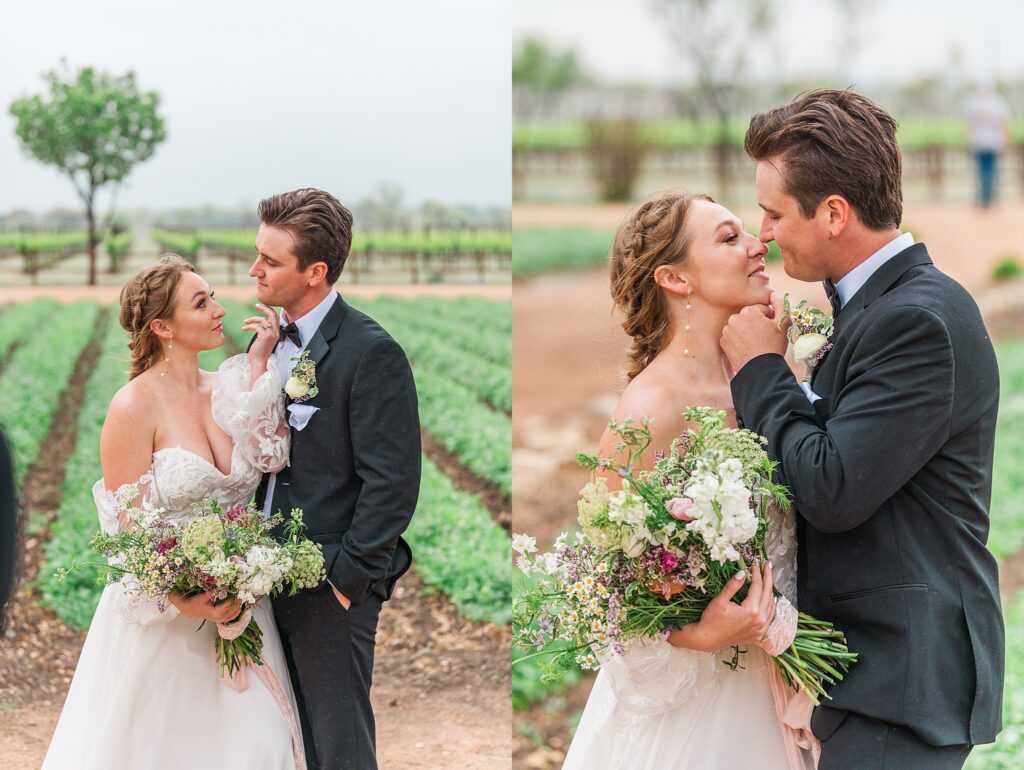
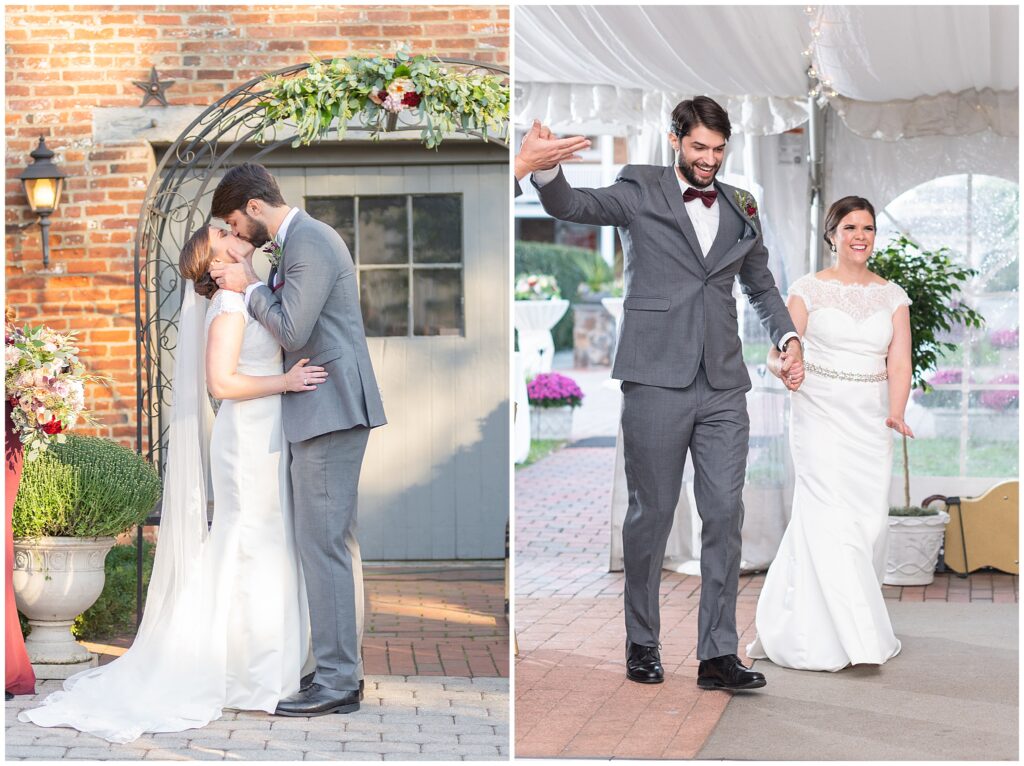
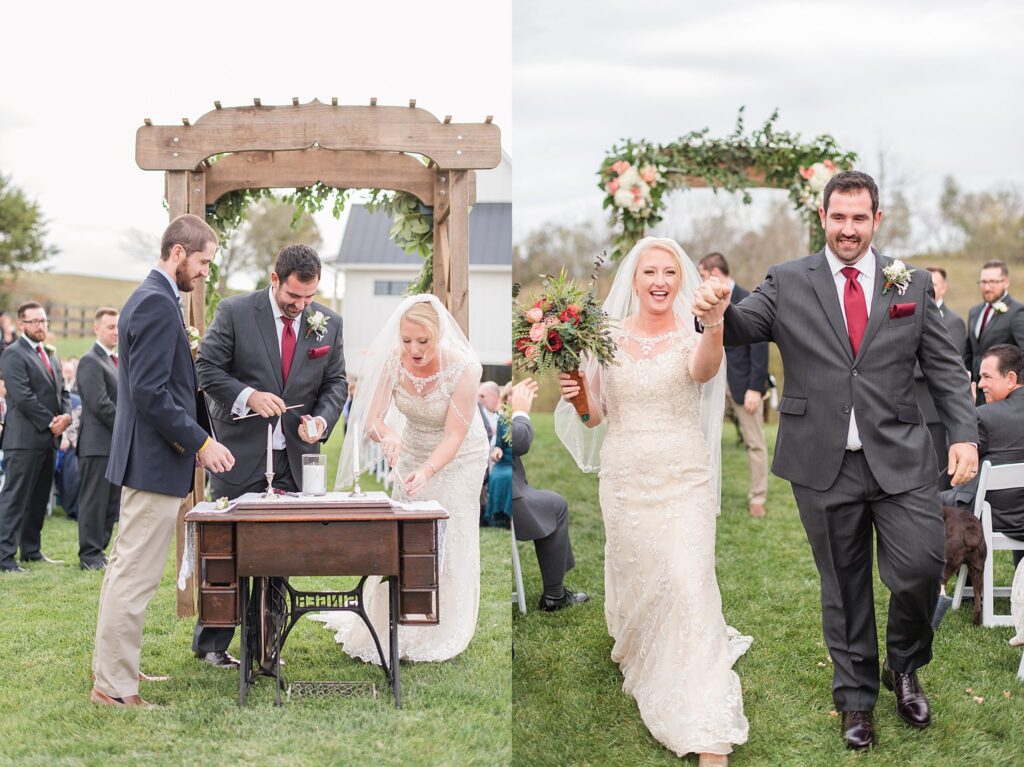
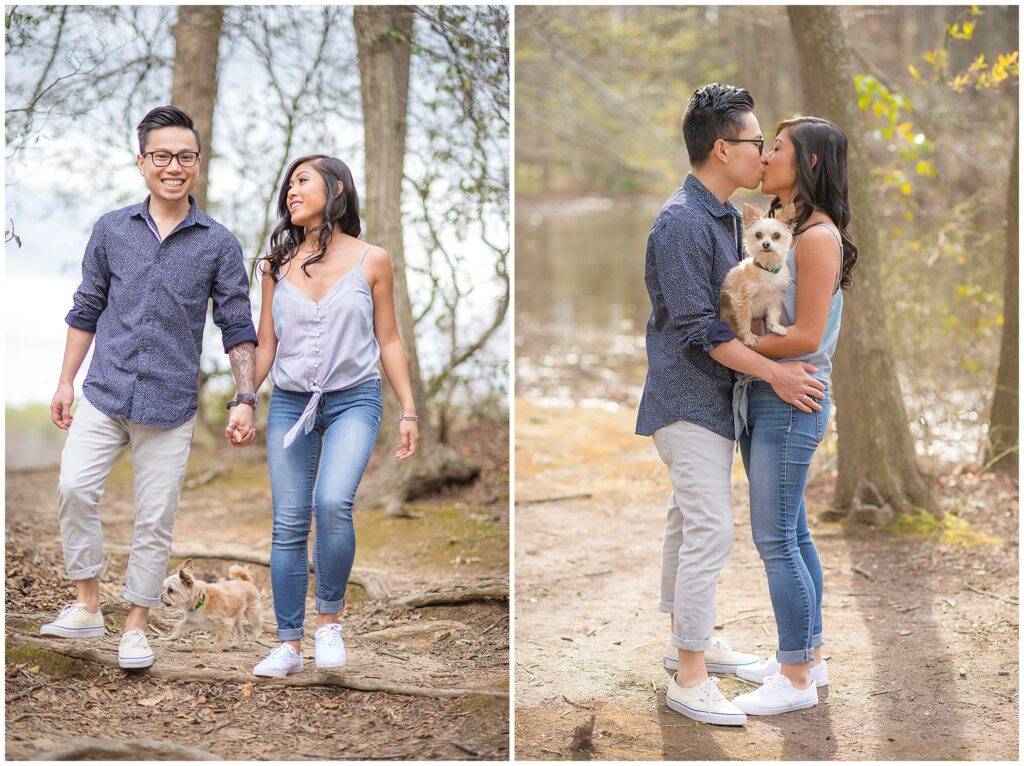
2. Strength of Portfolio
Choosing the right photographer for your wedding is a big decision, and evaluating their portfolio is an important step in the process. Here are a few tips to help you approach evaluating a photographer’s portfolio: (Here’s Mine)
Look for Consistency: As you browse through a photographer’s portfolio, pay attention to their overall style and consistency. Do their photos have a consistent look and feel, or do they vary greatly from one image to the next? Consistency in style and quality is a good indicator of a photographer’s skill and expertise.
Check for Technical Proficiency: Look for technical proficiency in the photos, such as proper exposure, focus, and composition. A skilled photographer should be able to capture sharp, well-exposed images that are composed thoughtfully.
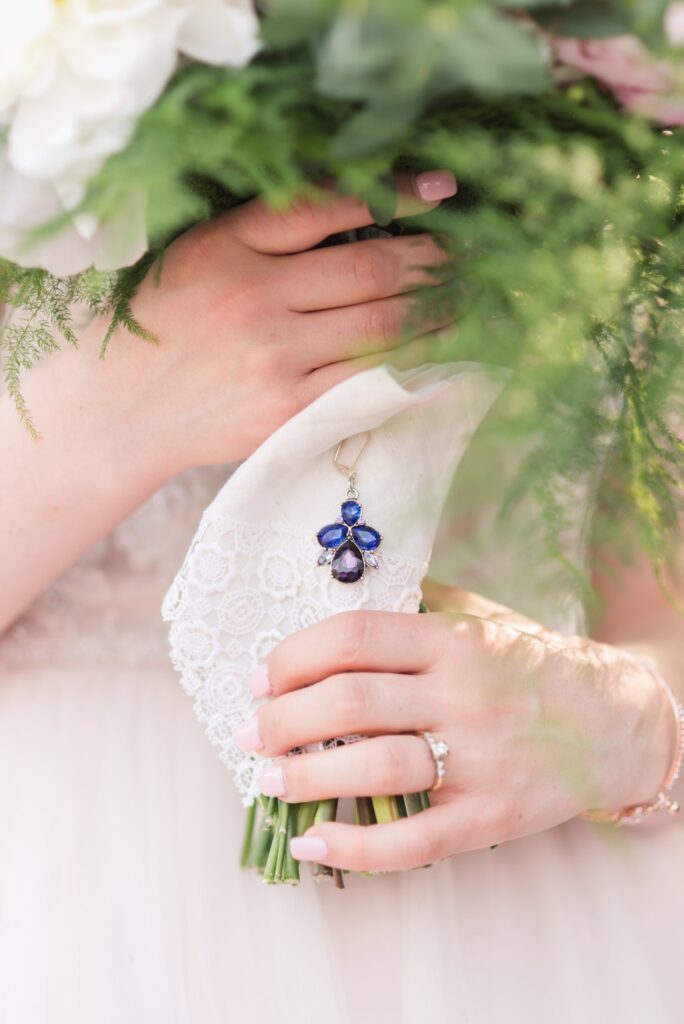
Look for Emotion and Storytelling: Your wedding day is full of emotions and special moments, and a good photographer should be able to capture these in their portfolio. Look for images that convey genuine emotion and tell a story.
Consider Variety: While consistency is important, it’s also good to see a range of different images in a photographer’s portfolio. Look for variety in terms of lighting, composition, and subject matter.
Read Reviews and Testimonials: Finally, don’t forget to read reviews and testimonials from past clients. These can give you valuable insight into a photographer’s professionalism, communication skills, and overall client satisfaction. (Link to mine)

3. Work Ethic
A photographer’s work ethic refers to their professional attitude and approach to their work. It encompasses their values, priorities, and practices related to their craft, their clients, and their business.
A strong work ethic is essential for photographers who want to build a successful career in the industry. It involves a commitment to excellence, attention to detail, and a focus on meeting clients’ needs and expectations.
A photographer with a strong work ethic is typically reliable, punctual, and professional. They take their commitments seriously and strive to deliver high-quality work on time and within budget. They are also willing to go above and beyond to ensure that their clients are satisfied with their services.
In addition to technical skills and creative talent, a photographer’s work ethic is also reflected in their communication skills, organizational abilities, and willingness to collaborate with clients and other professionals.
Ultimately, a photographer’s work ethic is a key factor in their success in the industry. By demonstrating a strong commitment to their craft and their clients, photographers can build a reputation for excellence and establish themselves as trusted professionals in the field.




4. Communication
Good communication is essential when it comes to working with your wedding photographer. Your photographer will play a crucial role in capturing your special day, and clear and open communication is necessary to ensure that your vision is realized and your expectations are met.
Good communication with your wedding photographer starts with clear and honest conversations about your preferences, priorities, and expectations. This includes discussions about the style of photography you prefer, the types of shots you want to capture, and any special requests or considerations that you have.
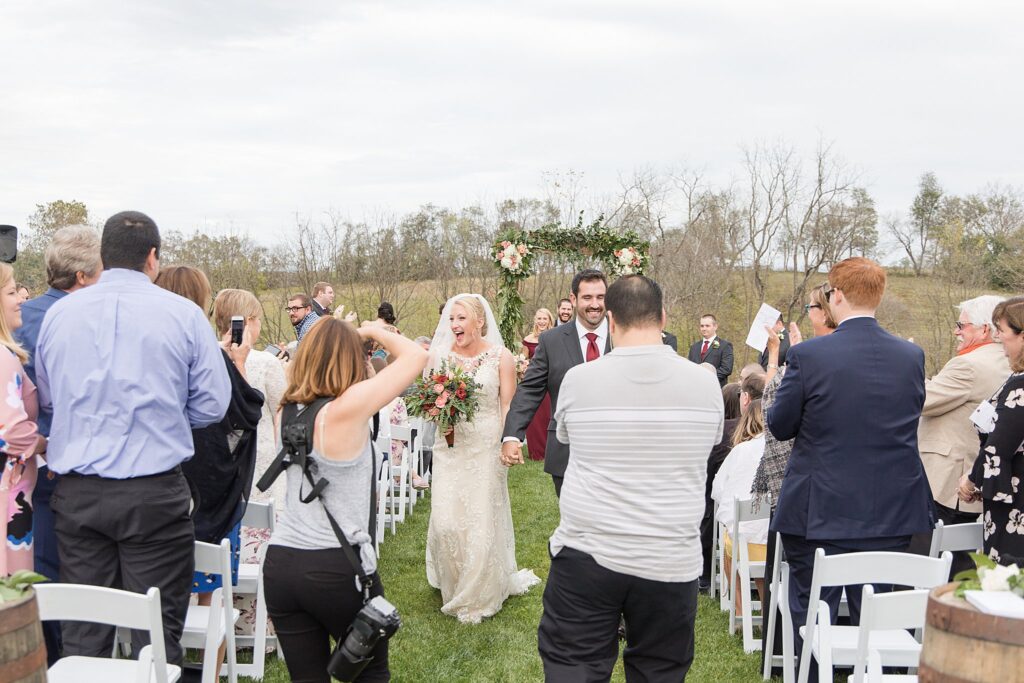
Good communication also involves being responsive and proactive when it comes to scheduling and planning. This means staying in touch with your photographer and providing timely feedback and updates as needed.
By maintaining good communication with your wedding photographer, you can also build a rapport and establish trust. This can help to ensure that your photographer is able to capture genuine and candid moments throughout your special day, and that you feel comfortable and relaxed in front of the camera.
Finally, good communication with your wedding photographer can also help to minimize stress and ensure that your special day runs smoothly. By being clear and organized in your communications, you can help to ensure that your photographer is able to capture all of the important moments and create beautiful and lasting memories that you’ll cherish for years to come.
5. Comfort Level
Building a comfortable and trusting relationship with your wedding photographer is essential to capturing beautiful and natural photos of your special day. Here are three ways to become more comfortable with your wedding photographer:
Schedule an Engagement or Pre-Wedding Photo Session: An engagement or pre-wedding photo session is a great way to get to know your photographer and become more comfortable in front of the camera. This session allows you to practice poses and become familiar with your photographer’s style and approach.
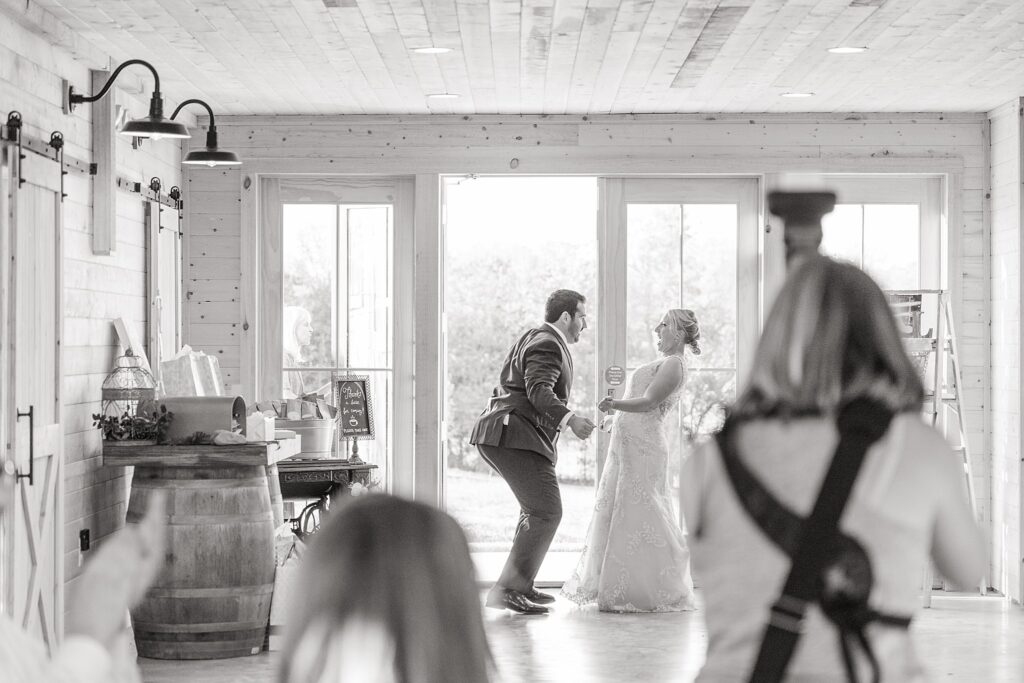
Meet and Communicate in Advance: Schedule an initial meeting with your photographer well in advance of your wedding day. This gives you an opportunity to get to know your photographer, discuss your vision, and ask any questions or concerns you may have. Regular communication leading up to your wedding day can also help to establish a good rapport and build trust.
Have Fun and Be Yourself: Remember that your wedding day is a celebration of your love, and it’s important to have fun and be yourself. A good photographer will be able to capture natural and authentic moments that reflect your personality and style. Relax, enjoy the day, and trust that your photographer will capture beautiful memories that you’ll treasure for a lifetime.
6. Quality of Product
The quality of the product you receive from a successful wedding photographer is critical to preserving the memories of your special day. A successful wedding photographer will not only capture beautiful and meaningful images but also provide a finished product that reflects their artistic vision and professional expertise.
A high-quality wedding photography product includes a range of edited photos that are carefully selected and curated to tell the story of your wedding day. The photos should be technically excellent, with proper exposure, composition, and lighting. The colors should be accurate and true to life, and the photos should be edited to enhance their visual impact without looking overly processed or unnatural.

In addition to the edited photos, a successful wedding photographer will provide a range of products and services to meet your needs and preferences. This may include albums, prints, digital files, or other products that showcase your photos in a meaningful and beautiful way.
Ultimately, the quality of the product you receive from a successful wedding photographer should reflect their commitment to excellence and their dedication to capturing the unique and special moments of your wedding day. By choosing a photographer with a reputation for quality and professionalism, you can be confident that you will receive a product that you will cherish for a lifetime.
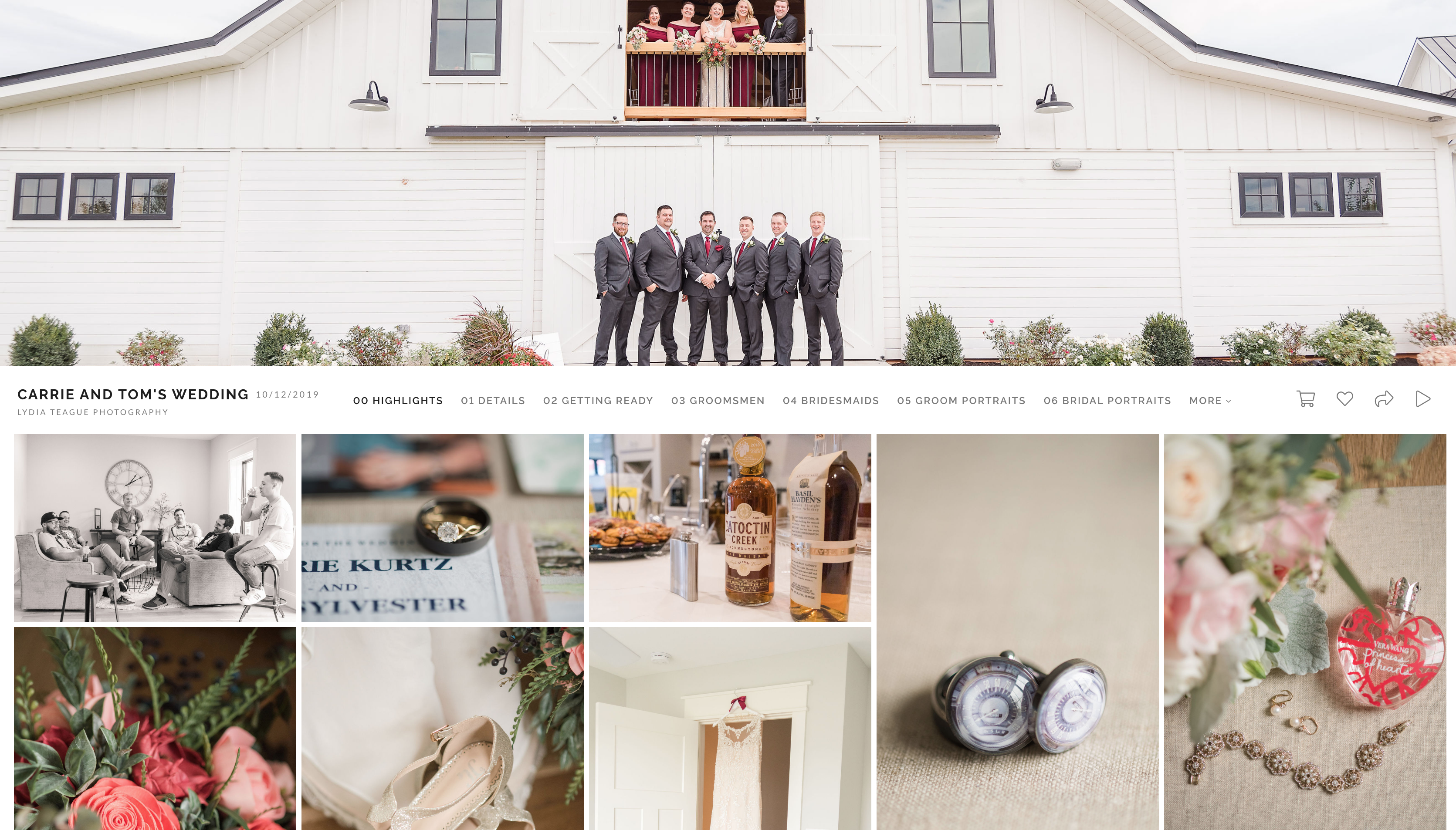
0 COMMENTS